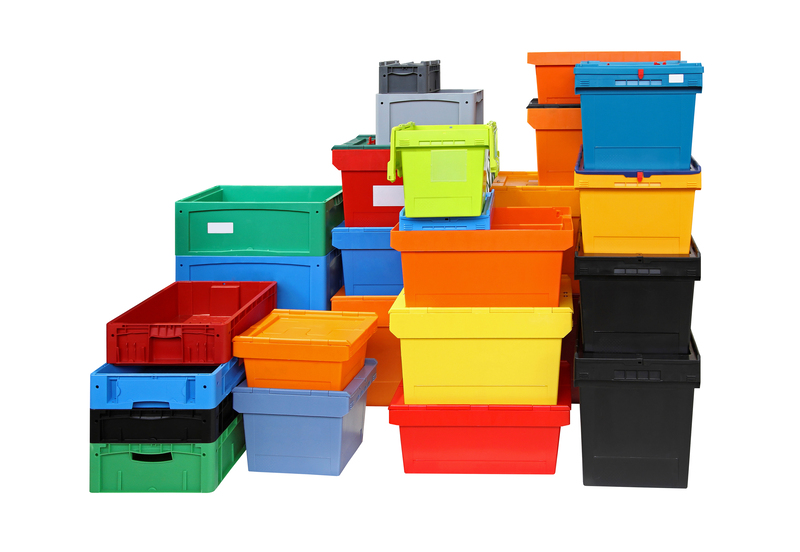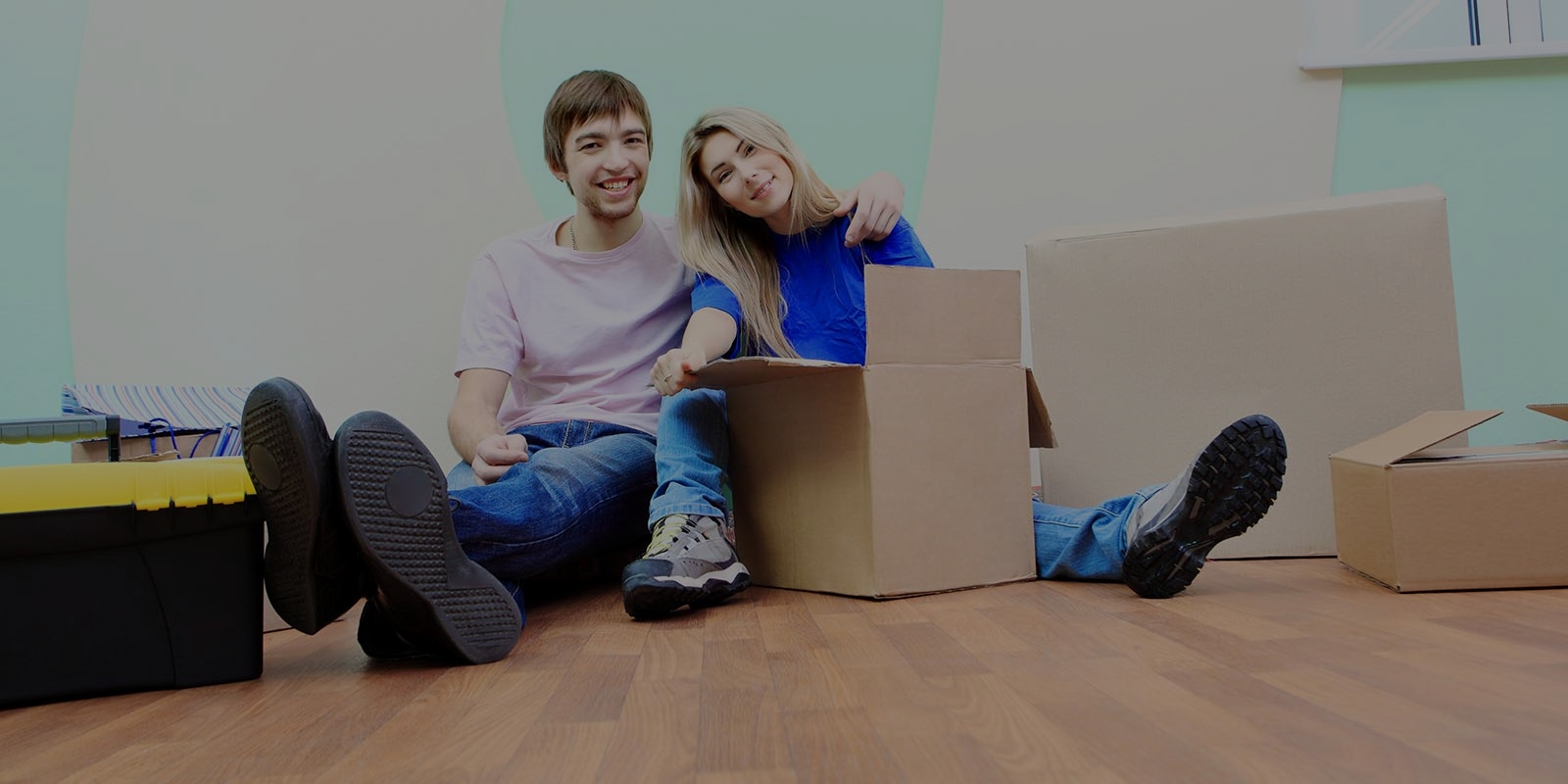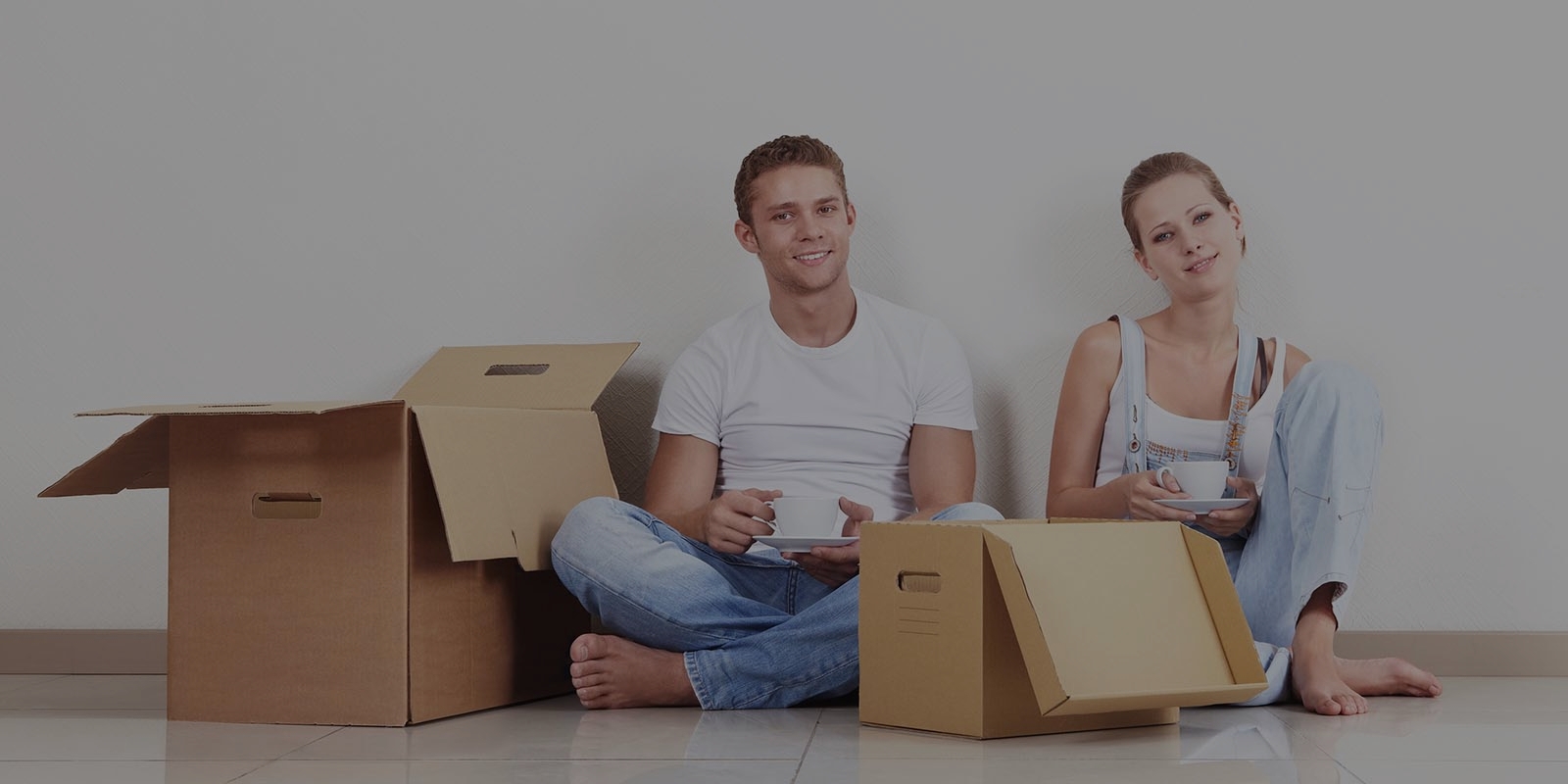Essential Tips for Protecting Your Bed and Mattress During a Move
Posted on 09/06/2025
Essential Tips for Protecting Your Bed and Mattress During a Move
Moving to a new home is always an exciting journey, but it comes with its set of challenges -- not the least of which is ensuring that your furniture and valuables, especially your bed and mattress, arrive at your new destination in pristine condition. Beds and mattresses are significant investments in comfort and health, and without proper care during a move, they can suffer serious damage, stains, or contamination. In this comprehensive article, we'll explore vital tips for protecting your bed and mattress during a move, offering practical steps and expert advice to safeguard your sleeping sanctuary.
Why You Must Protect Your Bed and Mattress When Moving
Your bed frame and mattress are more susceptible to damage than most other household items. From being crushed by heavier objects to collecting dirt, moisture, and even pests, an unprotected mattress can quickly be ruined during transit. Ensuring adequate protection not only preserves the life of your bedding but also guarantees a hygienic and restful night's sleep in your new home.
- Mattress protection during a move avoids stains, tears, and potential exposure to harmful allergens.
- Proper care of your bed frame prevents costly repairs or replacements due to scratches or broken parts.
- Clean and damage-free bedding means you can focus on settling in without unnecessary hassles at your new residence.

Top Preparations Before Moving Your Mattress and Bed
1. Gather the Right Packing Materials
Securing quality packing supplies is the foundation of protecting your bed and mattress. Don't rely on makeshift solutions; instead, prepare with the following:
- Mattress bags: These are heavy-duty plastic covers designed specifically for protecting mattresses.
- Bubble wrap or moving blankets: Essential for cushioning the bed frame and preventing scratches or dents.
- Furniture sliders: Handy for moving large pieces without exerting too much force, reducing the risk of accidental damage.
- Strong packing tape and zip ties for securing covers and any disassembled bed parts.
2. Clean Your Mattress and Bed Frame Thoroughly
Before wrapping up your mattress and disassembling your bed, make sure they're spotlessly clean. This helps prevent the transfer of dust, mites, or bacteria to your new space and ensures you're handling items you can safely use right away.
- Vacuum both sides of the mattress with an upholstery attachment to remove dust and hair.
- Use a gentle cleaner or mattress spray to eliminate bacteria or odors. Allow ample drying time before packing.
- Wipe down the bed frame with a damp microfiber cloth, paying special attention to nooks, crevices, and slats.
How to Protect Your Mattress During a Move
1. Invest in a Quality Mattress Bag or Cover
One of the most effective ways to safeguard your mattress is by using a purpose-made plastic mattress bag. These bags are inexpensive and worth every penny, as they shield from:
- Dust and moisture
- Stains and discoloration
- Bug infestations, including dreaded bed bugs
*Tip*: For maximum protection, choose a thick, puncture-resistant bag. Ensure it's properly sealed with packing tape to prevent any exposure.
2. Handle With Care When Moving the Mattress
Even with a mattress bag, how you physically move the mattress plays a critical role in preventing damage. Always keep your mattress upright and avoid bending it, as many models (especially memory foam or spring mattresses) can lose their shape.
- Have another person help carry and maneuver large or heavy mattresses.
- When using moving straps, never drag the mattress on the floor to avoid tears or holes.
- Don't place other items on top of the mattress during transportation to prevent flattening or deformation.
3. Loading and Placement in the Moving Truck
Correctly loading your mattress in the truck is just as vital as wrapping it. Here's how to do it:
- Position the mattress on its side and secure it upright against the wall of the truck.
- Use straps or bungee cords to stabilize the mattress so it doesn't shift during travel.
- Keep it away from sharp objects, liquids, or heavy furniture to avoid accidental punctures or stains.
Pro Tip: If possible, move your mattress last, so it's the first thing you unload. This minimizes handling and risk of damage.
Protecting Your Bed Frame: Step by Step
1. Disassemble the Bed Frame Properly
Most bed frames, especially larger ones, can be dismantled for safer, easier moving. Carefully disassemble by following the manufacturer's instructions, and keep all screws, bolts, and small parts together in a labeled bag or container.
- Remove the mattress and box spring (if any) first.
- Take apart the headboard, footboard, slats, and supporting beams.
- Organize parts logically to simplify reassembly at your new home.
2. Wrap Every Part With Protective Padding
Padding is crucial for preventing nicks, scrapes, or breakage. Use moving blankets, bubble wrap, or thick towels to cover surfaces and corners of the bed frame parts. Secure the padding in place with masking tape or stretch wrap, avoiding direct tape contact with wood or metal finishes.
Pay extra attention to ornate headboards, delicate legs, or decorative finials.
3. Label and Store Parts Together
Store all pieces of the bed in the same box or bundle to avoid lost parts. Label the exterior clearly, e.g., "Master bed: headboard" to streamline setup later. Keep hardware and assembly instructions readily accessible.
Special Tips for Different Types of Mattresses
Memory Foam or Latex Foam Mattresses
- Don't fold or bend these mattresses, as doing so may cause permanent damage to the internal structure.
- Wrap securely in a thick mattress bag and provide extra support with cardboard sheets on either side for added protection against pressure.
Spring and Hybrid Mattresses
- Use a sturdy mattress bag.
- Be mindful of weight distribution, as internal springs may bend if uneven weight is applied during transit.
- Never place direct pressure or heavy objects on the mattress during the move.
Pillow Top and Euro Top Mattresses
- These plush top layers are vulnerable to compression. Make sure nothing is stacked on top during transport.
- Double-bag your mattress or use an extra thick plastic protector to add a second layer of defense against moisture and dirt.
Additional Protective Measures for a Stress-Free Move
1. Stay Organized with an Inventory
Keep a checklist of all bed components, including every screw and bolt. Take photos before disassembly to aid reassembly at the new location.
2. Use Professional Movers for Extra Peace of Mind
If your bed or mattress is particularly valuable or heavy, trust the experts. Many moving companies offer specialized bed and mattress moving services, and they have the experience, equipment, and insurance to handle your possessions safely.
3. Consider Climate and Weather
If you're moving during damp, humid, or rainy weather, double-wrap your mattress with a waterproof cover. Avoid leaving your bed frame or mattress outside or in a garage for extended periods, as this can expose them to unwanted elements.
Unpacking and Setting Up in Your New Home
1. Inspect Before Removing the Wrapping
Upon arrival, check for any visible damage while your mattress and bed frame are still wrapped. If everything looks fine, carefully remove protective covers and padding.
2. Clean and Sanitize Again
Wipe down the bed frame and vacuum your mattress before use. This ensures that your bed is not only undamaged but also fresh and ready for a good night's sleep.
3. Assemble Your Bed with Care
Refer to your earlier photos or notes to reassemble your bed frame correctly. Use all original hardware, tighten all connections securely, and check for wobbling or instability before placing your mattress and bedding.
Common Mistakes to Avoid When Moving Beds and Mattresses
- Not using a mattress bag or settling for thin garbage bags.
- Forgetting to pad delicate parts of the bed frame.
- Stacking heavy items on mattresses, risking compression damage.
- Skipping the cleaning step before packing.
- Not labeling disassembled parts, leading to frustrating reassembly issues.

Frequently Asked Questions About Mattress and Bed Moving Protection
Do I need to buy a mattress cover, or can I use plastic wrap?
While thick plastic wrap may provide some barrier, a dedicated mattress moving bag offers superior protection against punctures, moisture, and dirt. They're specifically designed for this purpose and worth the investment.
Can I move my memory foam mattress by myself?
Memory foam mattresses can be heavy and unwieldy. Moving them alone increases the risk of damage and personal injury. Always enlist help or hire professional movers.
Is it okay to store my mattress on its side for an extended period?
Short periods (up to a day or two) are generally fine, but long-term storage on the side can cause internal shifting or distortion, especially for foam models. Set it flat in a dry area at your new place as soon as possible.
Conclusion: Your Bed and Mattress Deserve the Best Protection
Moving can be complex, but with the right strategies for bed and mattress protection during a move, you can eliminate much of the associated stress. By cleaning, wrapping, handling with care, and using quality packing materials, you make sure that one of your most essential household investments stays safe and ready for restful nights ahead.
Apply these tips to protect your mattress and bed frame during your next move, and you'll enjoy comfort and peace of mind in your new home -- from the very first day.







